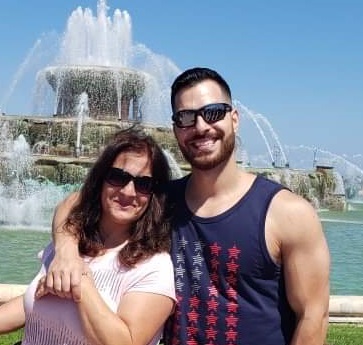
Jimmy Marwan Kassis works as an emergency medical technician-basic (EMT-B) at Beaumont EMS. In this role, Jimmy Marwan Kassis responds to emergency calls and provides basic on-site care to critically injured people as they’re transported to medical facilities.
EMT-B is one of three levels of certification as an emergency medical technician. It is the entry-level certification, where students are trained in basic care for common conditions and undergo lab certification training. An EMT-B provides basic life support and non-invasive procedures.
An EMT is the second level of certification. Also known as EMT-I, this certification prepares candidates for more advanced procedures. EMTs can perform more-complex duties, such as inserting IVs, intubating patients, and administering drugs.
Paramedics are the highest level of EMT. They undergo about two years of training and must obtain both previous levels of certification. Additionally, paramedics must complete an internship in a hospital or ambulance and their duties include numerous procedures, such as reading labs and manual defibrillation.


